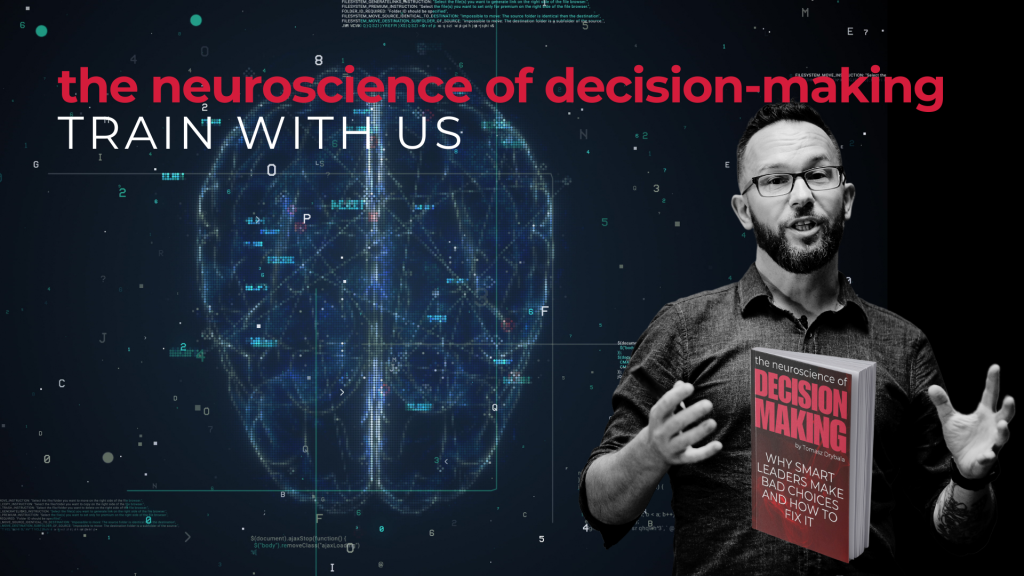Learn how executives can rewire dopamine-driven patterns to prioritize high-value tasks and enhance their leadership effectiveness.
For executives, achieving success is not solely about maintaining high levels of activity but rather about effectively prioritizing tasks that drive significant organizational growth and leadership impact. A major challenge in this pursuit is the influence of dopamine-driven patterns—subconscious behaviours that seek immediate rewards, often at the expense of more critical, long-term goals. This article explores how executives can rewire these patterns to better focus on high-value tasks and elevate their leadership effectiveness.
Understanding Dopamine-Driven Patterns
Dopamine, a neurotransmitter associated with pleasure and reward, drives behaviours aimed at seeking immediate gratification. This evolutionary trait, which historically helped in acquiring quick rewards, can now lead executives to focus on tasks that provide short-term satisfaction rather than those that align with their strategic objectives. For many leaders, this manifests as a tendency to engage in activities that offer instant dopamine boosts—such as constantly checking emails or attending routine meetings—rather than focusing on high-value, strategic tasks.
Rewiring Dopamine-Driven Patterns
To address these ingrained patterns, executives must first identify their current behaviours and triggers. Recognizing the activities that provide immediate pleasure but detract from high-priority tasks is crucial. These patterns often stem from past experiences where quick rewards were reinforced, making it essential to understand how these behaviours have developed over time.
Once these patterns are identified, executives should reassess and realign their priorities. Clearly defining high-value tasks—those crucial to achieving strategic goals—helps in redirecting focus away from immediate, less impactful activities. Evaluating how current time is spent on these tasks versus distractions can provide insights into the necessary changes.
Implementing new strategies involves setting clear, strategic goals that align with long-term objectives. By developing a structured workflow that dedicates time blocks for high-value tasks, executives can reduce the frequency of low-impact activities and interruptions. Additionally, introducing meaningful rewards for achieving significant milestones can replace the immediate gratification derived from dopamine-driven activities. Engaging in mindfulness practices further enhances focus by increasing awareness of when attention shifts to less critical tasks, helping to redirect focus back to priorities.
Monitoring progress is vital for success. Executives should regularly assess adherence to new priorities and structured routines, using performance metrics to gauge effectiveness. Reflecting on what works and adjusting strategies accordingly ensures continuous improvement in maintaining focus on high-value tasks.
Enhancing Leadership Effectiveness
Celebrating achievements along the way reinforces positive behaviour and maintains motivation. By recognizing and celebrating progress in focusing on high-value tasks, executives can sustain momentum and commitment to their goals. Additionally, fostering a culture of focus within the team is essential. Leading by example and encouraging team members to align their activities with strategic goals helps create an environment where high-value tasks are prioritized.
Commitment to continuous improvement is crucial for long-term success. Executives should regularly review and refine their strategies for managing dopamine-driven patterns, ensuring that their approach remains effective in achieving high-value tasks and leadership objectives.
Conclusion
Rewiring dopamine-driven patterns is a crucial strategy for executives who seek to enhance their focus on high-value tasks and elevate their leadership effectiveness. By identifying and understanding these patterns, reassessing priorities, and implementing structured changes, executives can overcome distractions and drive meaningful progress. This approach not only improves personal productivity but also fosters a leadership style that consistently aligns with strategic goals, leading to greater organizational success.
Train with us: Neuro-Based Leadership Centre

